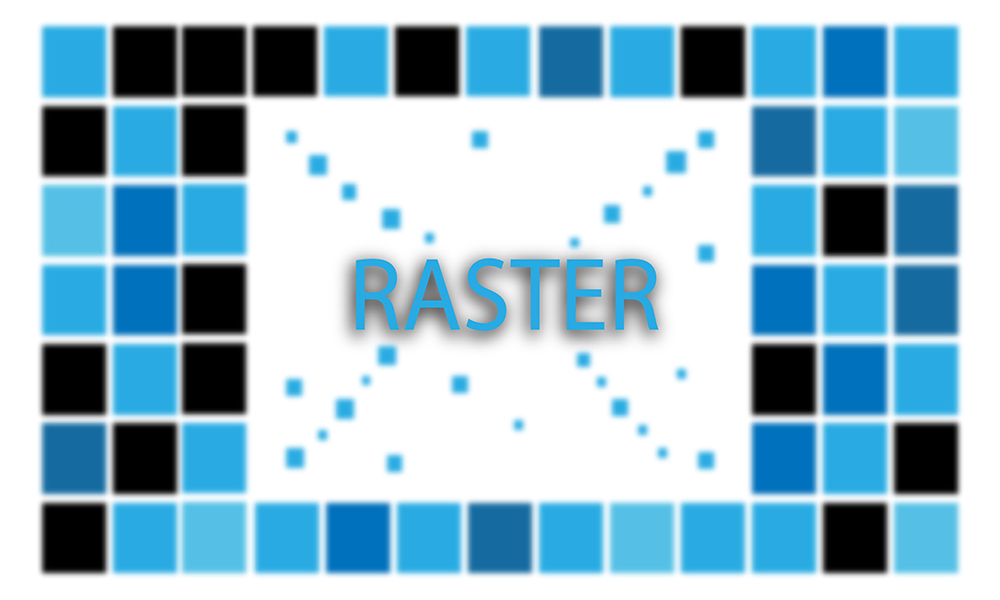
One of the most common types of graphics is definitely raster, also known as a bitmap.
It is actually about the fact that a particular image or data is represented through a network of pixels in the form of rectangles or by means of a network of colored dots on a particular device, such as a monitor, provided that this kind of graphics can also be printed out as well.
In this case, the color is defined for each pixel when using the so-called RGB technique. Since each pixel, in this case, contains three bytes, then the color is defined for every single byte. And if a black and white photo is processed through the raster, then only one bit is used for each pixel. For this reason, photographs of this type certainly occupy significantly less space than those that are processed by the RGB principle.
Since the resolution is defined primarily as the total number of pixels, it is precisely on the basis that we can talk about the quality of a particular raster image, we note that in the same way the quality is viewed through the depth of color, which is actually the value assigned to each individual pixel. Quite logically, if the color depth is greater, this means that much more shades of a specific color can be displayed, and therefore the quality of a photo is higher.
Still, it should be emphasized that the raster implies a file that is not compressed, and hence all the images that are thus processed occupy a lot of memory space. We are talking about BMP here or bitmap format, so it is precisely for this reason that JPG format is used more often, taking into account that it serves precisely for compressing a specific photo, but at the same time its quality is only slightly lost. If someone has the desire to increase a raster photo, that is, to improve its resolution, he must know that it cannot be done without decrease its quality at the same time, and this is exactly what it is often mentioned as one of the flaws of raster graphics versus vector graphics. However, it is recommended that people who are not specialized or not qualified for the work of a graphic designer should begin to use raster graphics first because it is significantly easier to operate with than vector graphics, which is primarily used for professional purposes.
As we can see from of the available data, in the mid 19th century, that is, in 1852, a raster photo was first made, whereas in 1880 the raster was officially introduced in the field of graphic reproduction. And since the technology was not particularly developed at that time, it is assumed that it was all at a much lower level than today, when in principle raster graphics can be produced fairly quickly, since there are especially high-quality programs that allow its application.
In terms of saving characters processed in this way, we emphasize that they can certainly be saved in different formats, and the width and height of the character expressed in pixels, that is, in bits per pixel, is responsible for the size of the bitmap.
Usually, the Photoshop program is used for this type graphic processing, but there are also many others available. Their basis is related to the definition of pixels, and therefore they are not suitable for creating vector graphics, which certainly implies a completely different processing principle. We also emphasize that although primarily RGB color systems are used for all programs intended for raster graphics, the fact is that there are those that enable this with the application of the CMYK system.